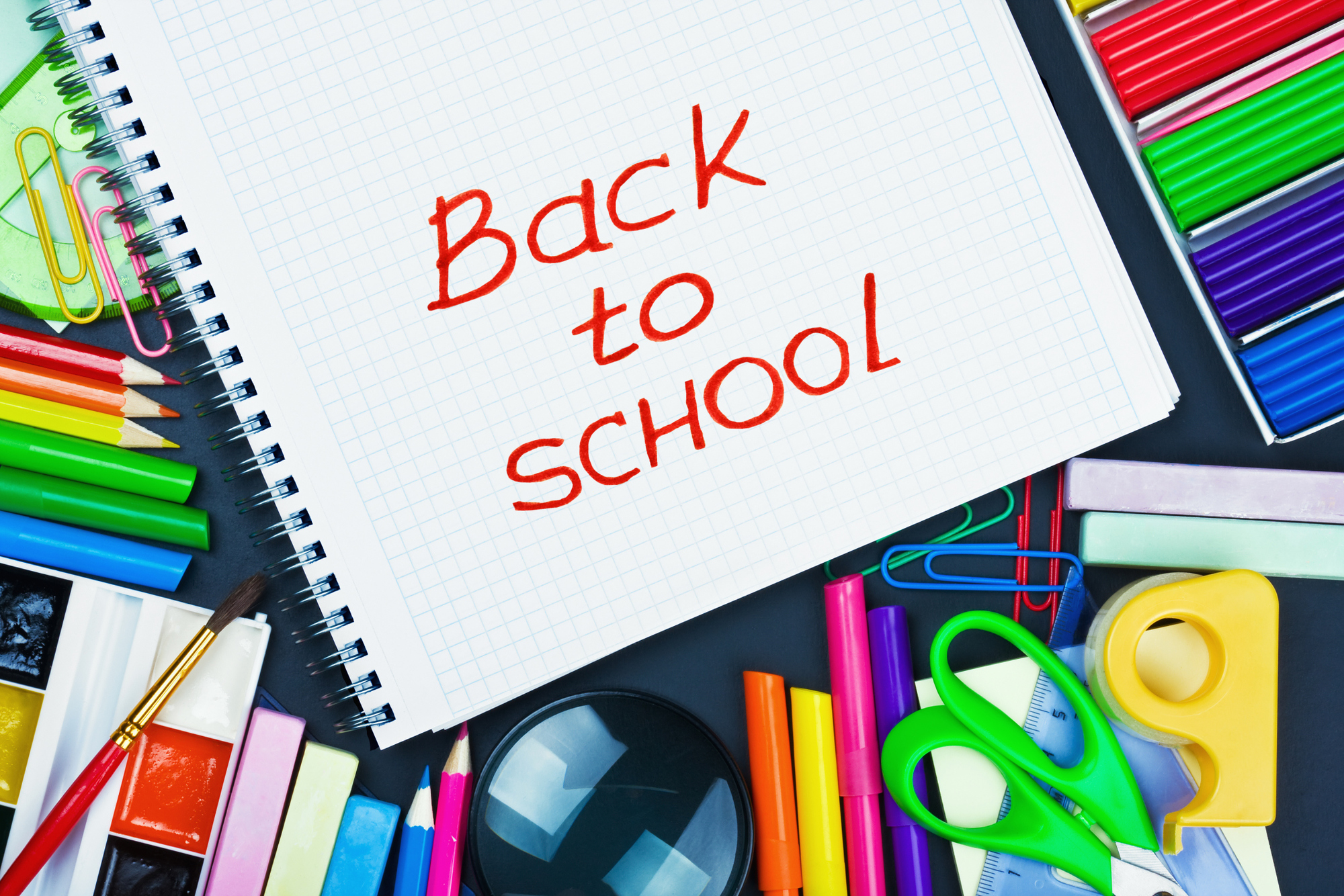Back to school shopping? Saving receipts can mean valuable tax benefits!
Minnesota Department of Revenue sent this bulletin at 07/21/2017 09:36 AM CDTHaving trouble viewing this email? View it as a Web page.![]()

As we prepare for the upcoming school year, we are asking for your help spreading the word about the Minnesota K‑12 Education Subtraction and the K-12 Education Credit. Please share the following message with your clients.
This year, do not forget to save your school supply receipts. Most school supplies could qualify for valuable K-12 tax benefits on your 2017 Minnesota income tax return.
There are two tax benefits that help Minnesota families pay educational expenses: the refundable K-12 education credit (income limits apply) and the K-12 subtraction (no income limits). Both programs reduce the tax parents pay and could provide a larger refund when filing a 2017 Minnesota income tax return.
 To qualify, parents must have purchased educational services or required materials during 2017 to
To qualify, parents must have purchased educational services or required materials during 2017 to
assist with their child’s education. The child must also be attending kindergarten through 12th grade
at a public, private, or home school and meet other qualifications.
Generally, most expenses paid for educational instruction or materials qualify, including:
- Paper
- Pens and notebooks
- Textbooks
- Rental or purchases of educational equipment such as musical instruments
- Computer hardware and educational software
- After-school tutoring and educational summer camps taught by a qualified instructor
Taxpayers who are not required to file an income tax return but have qualifying education expenses should file in order to claim a refund for the K-12 education credit, if eligible.
Household Income for the K-12 Education Credit:
Number of qualifying children in K-12: Your household income must be less than:
1-2…………………………………………….............. $37,500
3………………………………………………………… $39,500
4 or more……………………………………………… add $2,000 for each additional child
K-12 Education Subtraction:
There are no income limits to qualify for the education subtraction. Most parents qualify for the education subtraction.
Last year, more than 43,000 families received the K-12 education credit, saving them an average of $242. Over 199,000 families received the K-12 education subtraction.
Check out our video on how the credit works.
Get the latest news and updates from the Minnesota Department of Revenue by following the department on Facebook and Twitter or by signing up for our email subscription list.
